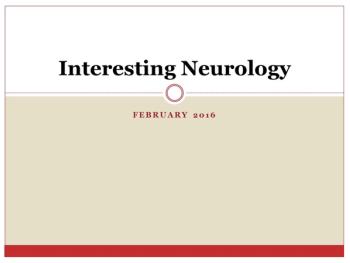
Our Feb. news & research include two new migraine drugs, the stroke-Parkinson link, and the potential of an anticancer drug to prevent Alzheimer.

Our Feb. news & research include two new migraine drugs, the stroke-Parkinson link, and the potential of an anticancer drug to prevent Alzheimer.
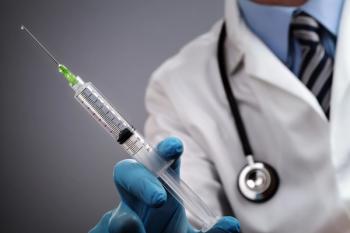
Does prophylactic onabotulinumtoxinA benefit patients with migraine or are they experiencing a placebo effect?
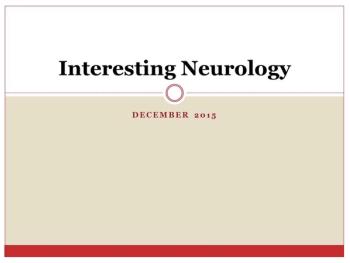
Our Dec. news & research list includes groundbreaking research from AES 2015 as well as a few potential neurodegeneration biomarkers.
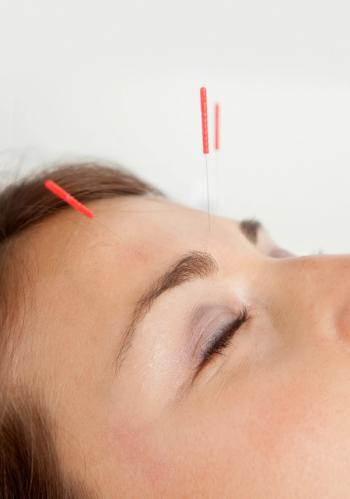
Our blogger delves into the pros and cons of acupuncture as a complementary treatment for migraine.
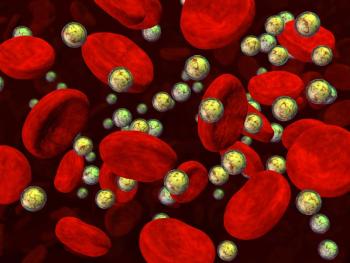
A blood lipid could hold the keys to diagnosing migraines.
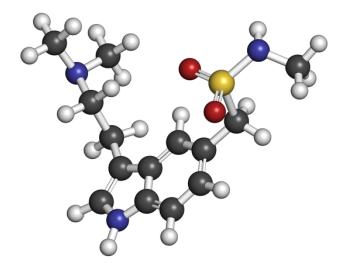
How do you prescribe triptans – generic meds, as monotherapy, via injection? Learn the best approach for your migraine patients.

Our blogger discusses a possible resolution to this much-debated topic.
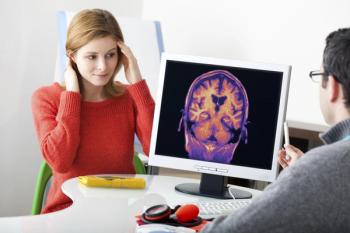
When medications no longer offer relief to your patients with migraines, surgical treatment may be the answer.
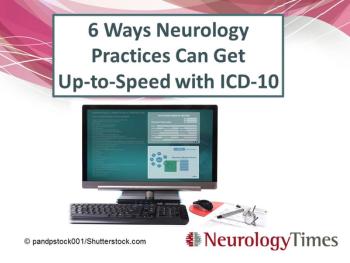
Neurologists will need to improve documentation for several common diagnoses to make a successful ICD-10 transition. Here are six helpful tips.
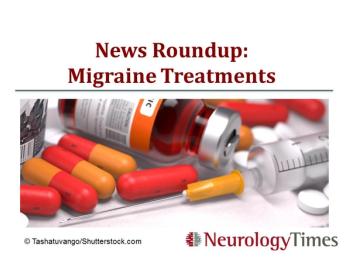
Explore recent migraine treatment research on the following slides.
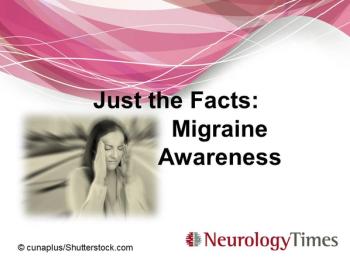
June is Migraine and Headache Awareness Month. In honor of this, we bring you 21 facts, stats, and tidbits about migraine.
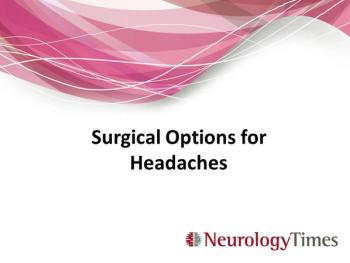
Surgery may offer relief from debilitating migraines. View the results of 3 different procedures.

PACAP38 is a potent aggravator of migraine, a new study shows. This provides several new potential therapeutic targets -- most prominently a specific PACAP receptor PAC1.
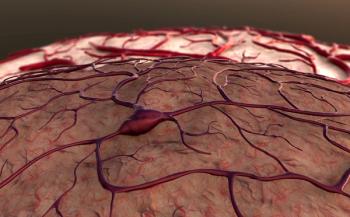
Intriguing research is helping to shape our understanding of the functional connectivity and brain structure of migraineurs.

Highlights of the first large study to describe the characteristics of post-traumatic headache and treatment response in children are summarized here.
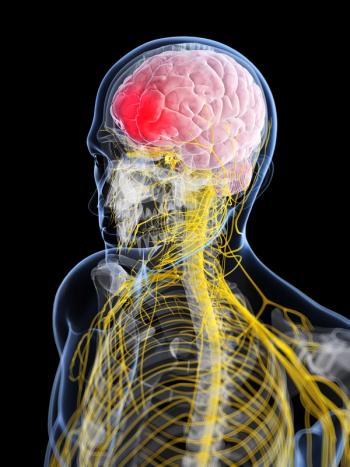
A novel drug-device may not only be a promising non-oral triptan acute migraine treatment, but may be more efficacious than its oral counterpart.
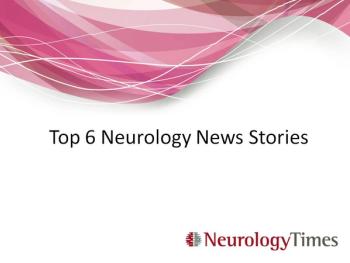
Advances in neurology science and patient care continue to make news even before the doors to the AAN 2015 Annual Meeting officially open on Saturday. These are the top stories.
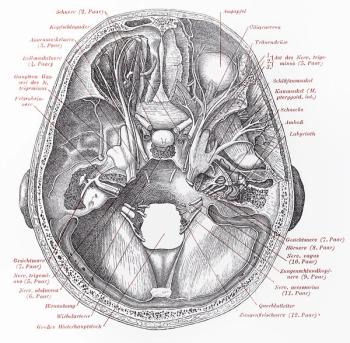
The SPG is a promising target for migraine treatment, but robust evidence of efficacy for routine use of noninvasive device–mediated SPG blockade is needed.
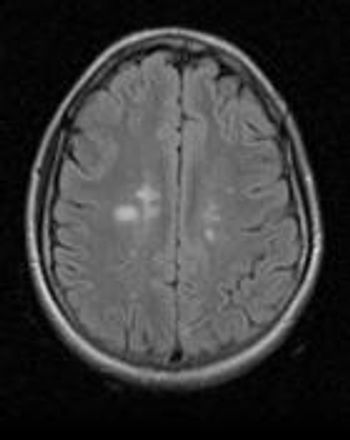
Do you have a patient with "radiologically isolated syndrome" -- and, if so, what do you tell your patient?
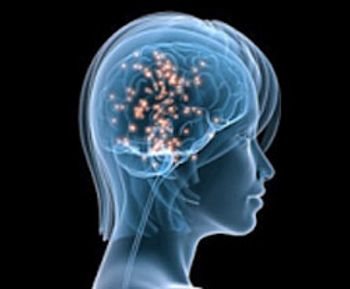
Efficacy of acute medication matters beyond just treating a single migraine. It may increase the risk of worsened disease.

The ultimate cause is found in only about half of patients, so improved understanding of the prognostic and diagnostic features is of high priority.

Despite butterbur’s potential efficacy, doubts are increasing about its long-term safety given of the risk of liver damage and the lack of an actively regulated preparation.

This report reflects the changing nature of guidelines toward evidence-based treatment rather than expert opinion. A companion piece will help translate evidence-based guidelines to clinical practice.

This is a newly identified association between the conditions, and they may share a common underlying link.
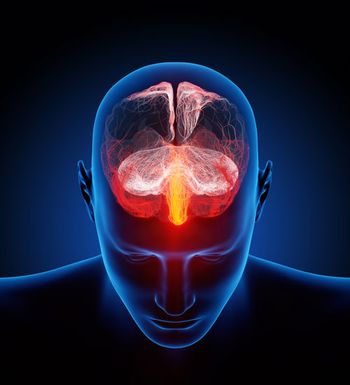
Many patients with brain tumors present with isolated headaches but no other symptoms. Use neuroimaging to help the diagnosis, or cut costs?